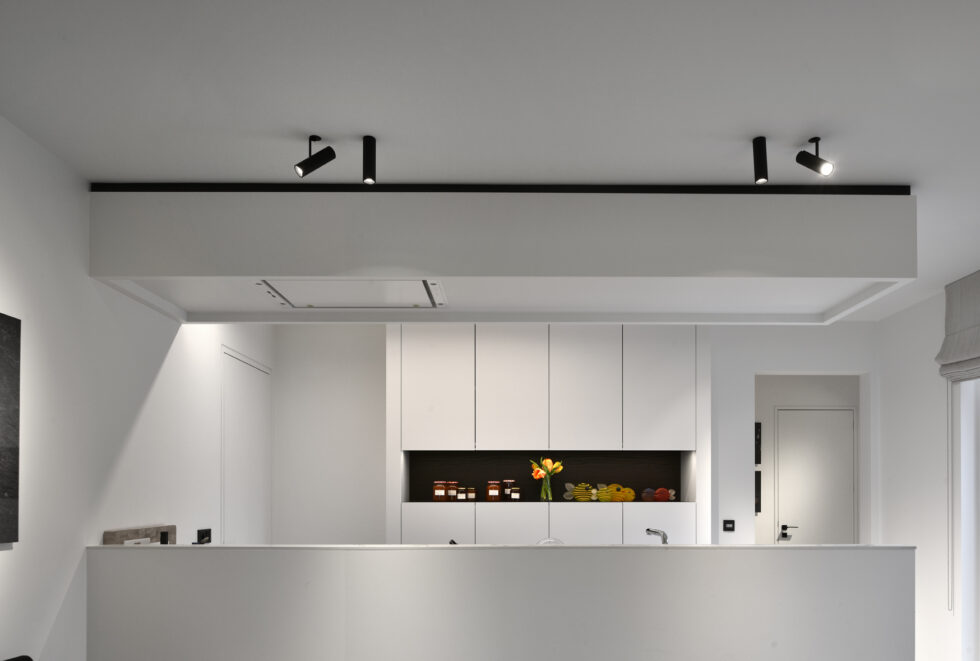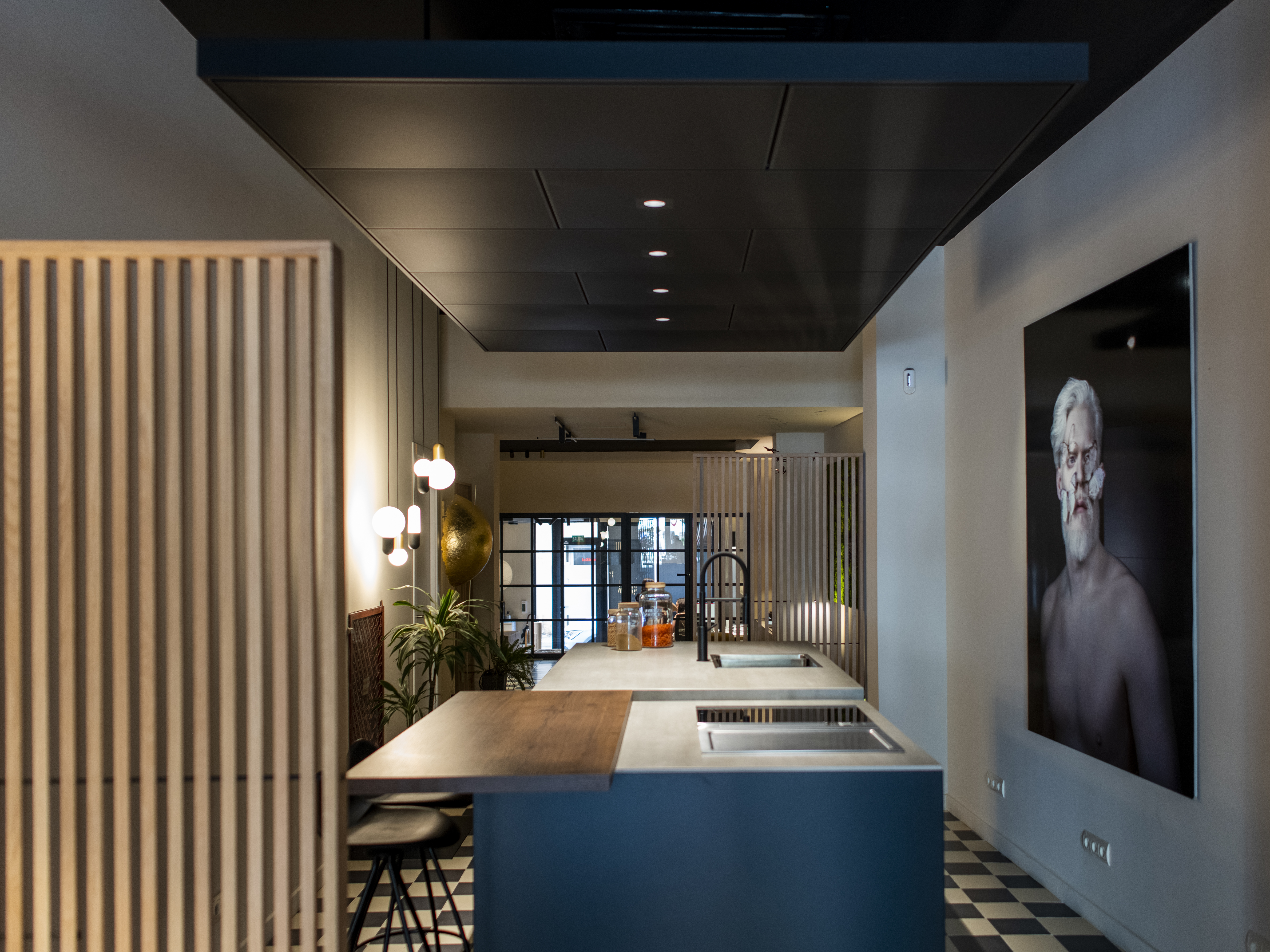The importance of architectural lighting

“Finding a balance between beauty, aesthetics and functionality is the work of lighting designers“.
When we are going to illuminate a space, we must take into account some factors that often go unnoticed. Finding a balance between beauty, aesthetics and functionality is the job of lighting designers. There are other guidelines to consider, such as the importance of designing a project that takes into account energy efficiency and the creation of special environments for the people who move in them.
Architectural lighting is a new discipline that includes a set of light treatment techniques. It is aimed at lighting interior or exterior architectural spaces and is increasingly present, not only to give visibility and beauty to certain spaces, but also considers values such as safety, signaling, separation of spaces… Technical lighting is integrated into the structure of the building and therefore, the lighting is integrated into the structure of the building. From Espaisillum we insist that the lighting is designed by specialized technical personnel.
As our manager, Tomeu Frontera, explains: “Including a professional lighting plan from the start avoids cost overruns and saves time, since a project that does not correctly contemplate the lighting parameters will force work to be redone or will undermine the space. Therefore, in Espaisillum we offer our clients the service of planning and advice in technical lighting, in addition to monitoring the work, to ensure that everything will go perfectly. Here you can see an example of the result of our advice.
Generate perceptions and sensations
Architectural lighting goes beyond the functional concepts of visibility. In addition to delimiting spaces, it allows to emphasize areas and create different environments depending on the needs of each one, mark routes, highlight locations or modify the lighting scenes to adapt them to each situation, whether indoors or outdoors.
In order to achieve a coherent project, it is necessary to determine the use that will be given to the space to be illuminated and the environment, and this is only achieved with a joint work between the lighting designer and the architecture.
The spaces or buildings most appropriate to work with architectural lighting are usually multifunctional spaces, such as single-family homes, museums, hotels, office buildings or conventions, due to their ability to generate continuous different environments in the same space. In this way, they can adapt to changing needs in a simple and economical way.
As for the exterior, an excess of light points should be avoided, leaving the facades with dark or gloomy spaces. The role of architectural lighting is precisely to play with shadows, highlight shapes and reliefs, create landmarks and improve comfort and safety. A good example is seen in this photograph of a project made with Kreon Lighting, where technical lighting is used to mark a route to the entrance, leaving the sides in gloom, without ignoring visual comfort and safety.

Market trends
Technical lighting is not at odds with market trends. In fact, from the aesthetic point of view, it is more appropriate to use discrete luminaires, with simple and proportionate shapes. The purpose is to prevent them from standing out during the day and not taking the role of the space or the building.
A constant feature of architectural lighting design is the timeless trend of integrating light into the structure by means of luminaires in phosphates, panels or within the furniture itself or architectural element, where LED is a great resource. Currently, dynamic lighting is also chosen through control systems, which allows the user to interact with the installations through different light scenes.
Architectural lighting also uses new technologies to offer the best atmosphere, always with a priority: energy saving. This factor is so important that it can even increase the value of a home or building.
The LED, the ally for lighting designers and the environment
Architects and designers are committed to LED technology and remote control systems because, in addition to energy saving, it also gives them numerous advantages to unleash their creativity.
Thanks to its integration possibilities due to its compact size, its extreme resistance to vibrations, its compatibility for instantaneous regulation of the light level and color, as well as its high level of saturation, the led technology is incredibly versatile. Do not forget its low maintenance cost and the absence of infrared or ultraviolet in the visible light.





